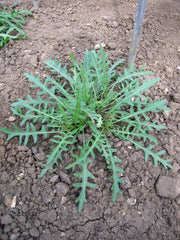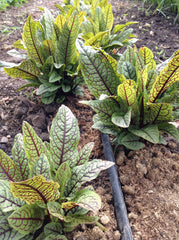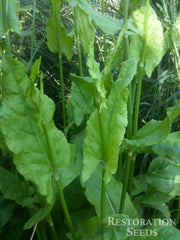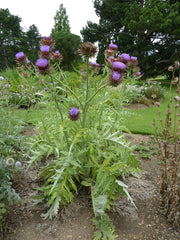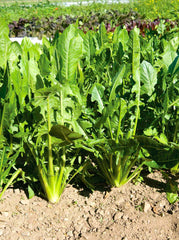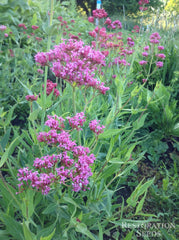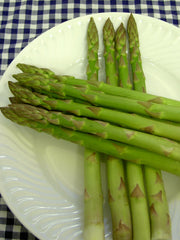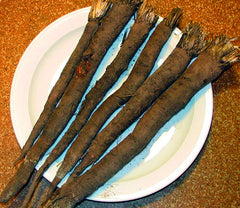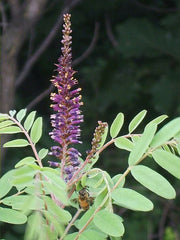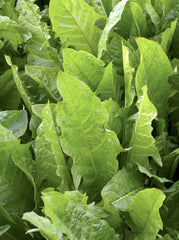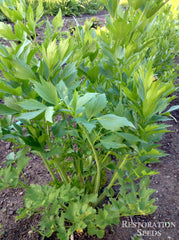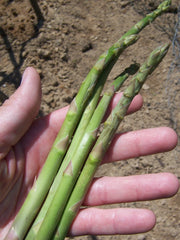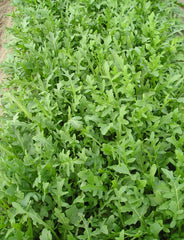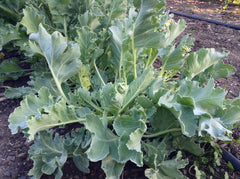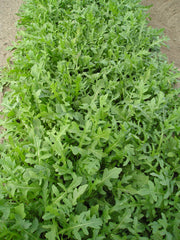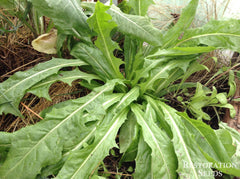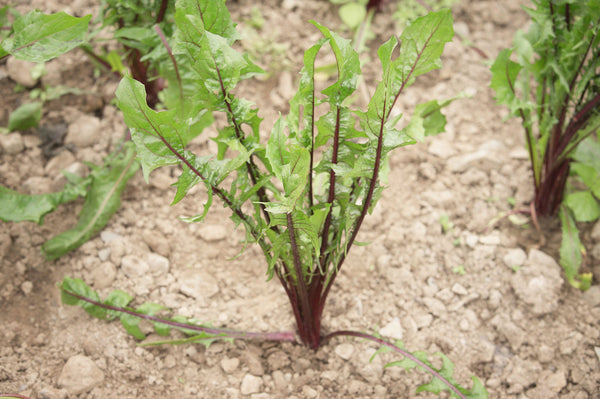Italiko Red chicory
Cichorium intybus
HOW TO GROW CHICORY
When being grown for perennial roots, directly sow in June or May then thin all summer. When grown for edible leaves, direct sow in April for a summer crop or June and July for a winter crop. Deep taproot loosens compacted soils. Soils rich in available phosphorous are desirable, since phosphorous is essential to early plant development. Most chicories will survive winter temperatures between 20 and 25˚F. Soil pH 5.2–6.2. Hardiness zones 4-8. Perennial.
Days from maturity calculated from the date of seeding. Average 14,300 seeds per ounce. Federal germination standard: 65%. Usual seed life: 8 years.
Planting Depth 1/8-1/4”
Soil Temp. Germ. 60-75˚F
Days to Germ. 10-15
Plant Spacing 10–12”
Row Spacing 18–24”
Days To Maturity 56
Part Shade, Moist Well Drained
Days from maturity calculated from the date of seeding. Average 14,300 seeds per ounce. Federal germination standard: 65%. Usual seed life: 8 years.
Planting Depth 1/8-1/4”
Soil Temp. Germ. 60-75˚F
Days to Germ. 10-15
Plant Spacing 10–12”
Row Spacing 18–24”
Days To Maturity 56
Part Shade, Moist Well Drained
Italiko Red Seed Count
1 Ounce ≈ 21,808 seeds
.25 Pound ≈ 87,231 seeds
1 Pound ≈ 349m seeds
- 200 Seeds$4.10
- 1 Ounce$18.00
- 1/4 Pound$38.00
Adds beautiful red color to salad mix. Bold red stems and midribs for vibrant contrast. Deeply-lobed leaves with excellent flavor. Good heat and cold tolerance. Shows some variation in plant habit, leaf shape and color. Very similar to Garnet Stem, which it replaces. 35 days to baby, 56 days to full size. Tags: Colo...
Adds beautiful red color to salad mix. Bold red stems and midribs for vibrant contrast. Deeply-lobed leaves with excellent flavor. Good heat and cold tolerance. Shows some variation in plant habit, leaf shape and color. Very similar to Garnet Stem, which it replaces. 35 days to baby, 56 days to full size. Tags: Color: Red, Season: Spring Fall Winter, Seed: Safe Seed Pledge.
Native to northern Middle East to southern Balkan Peninsula. Naturalized to North America, Europe and Australia. Food and medicinal plant used by Egyptians, Greeks and Romans for the roots and shoots in spring like dandelion. Delicious chicory recipes.
Native to northern Middle East to southern Balkan Peninsula. Naturalized to North America, Europe and Australia. Food and medicinal plant used by Egyptians, Greeks and Romans for the roots and shoots in spring like dandelion. Delicious chicory recipes.
Learn More
Reviews
